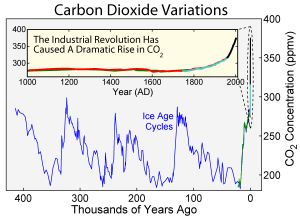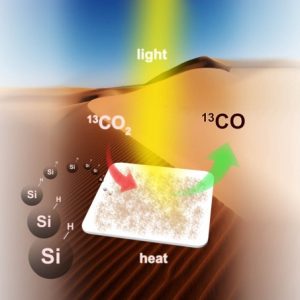In 1987, after the hole in the ozone layer was discovered over Antarctica, an international treaty called the Montreal Protocol was agreed to. This treaty basically ended chlorofluorocarbon (CFC) manufacture all over the globe. CFCs were widely-used refrigerants used in refrigerators and air conditioning. CFCs were replaced by hydrofluorocarbons (HFCs). This treaty was a success – a couple of years ago, the ozone layer was clearly showing signs of recovering. However, since 1987 it has been found that while it varies from chemical to chemical, HFCs as a whole tend to be just as bad as CFCs. This is why, a few days ago in Rwanda, delegates from the 197 countries involved in the treaty agreed to an amendment that aims to cut down on HFC production.

An example of a CFC an an HFC. HFCs contain hydrogen instead of chlorine. Both are gases used as refrigerants, and are greenhouse gases and harmful to the ozone layer.
This public domain image is courtesy of Wikimedia and the original can be found at https://commons.wikimedia.org/wiki/File:CFC-12_HFC-134a(catal%C3%A0).svg
According to this new agreement, the richest countries such as the US, Canada, and the EU countries are required to begin cutting down by 2019, developing countries such as China and Latin American countries begin in 2024, and some of the poorest countries such as Pakistan and Iran do not need to begin until 2028. However, China and India already say they will actually begin phasing out HFCs later than they agreed to in the treaty. India doesn’t have widespread use of air conditioning or refrigeration, but China produces the most HFCs in the world.
Experts estimated that this treaty will lessen atmospheric CO2 by 70 billion tons by 2050 – this may not be enough to reduce global warming by 0.5 degrees as hoped, but it is no small feat. It must have been hard for 197 nations to come to an agreement, although I’m a little disappointed it took them seven years of negotiation to do it. Overall, though, I think this is pretty exciting.
~ Nat Shipp
Sources:
BBC – “Climate Change: ‘Monumental’ deal to cut HFCs, fastest growing greenhouse gases”
Euronews – “‘Historic’ climate change deal reached in Rwanda”
Business Standard – “Global deal on climate-changing refrigeration gases sealed in Rwanda”
BBC – “Ozone layer showing ‘signs of recovery,’ UN says”



